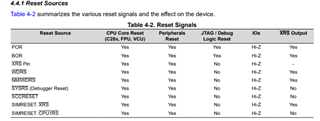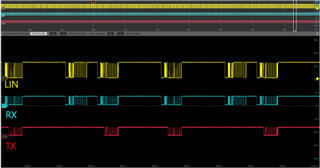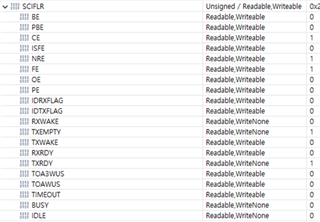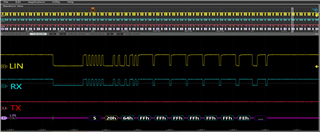Other Parts Discussed in Thread: C2000WARE
Tool/software:
I have a question during the development process.
While performing power ON/OFF testing, I encountered an intermittent issue where LIN communication fails to operate properly.
To resolve the issue, I applied the following solutions and confirmed that it now works as expected:
-
Initialization of the LIN registers
-
Delaying the start of LIN communication until 50ms after power ON
 My Questions Are:
My Questions Are:
-
What are the possible causes of this issue, and can you explain why it occurs?
-
What is the recommended delay time before starting LIN communication after power ON?
-
When initializing the LIN registers, is there any risk of side effects or other issues?







